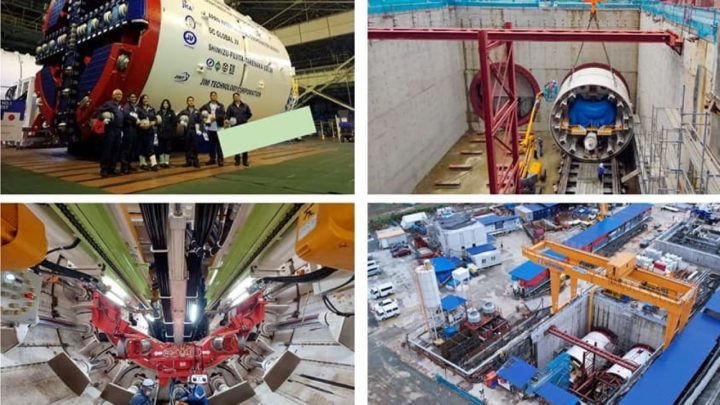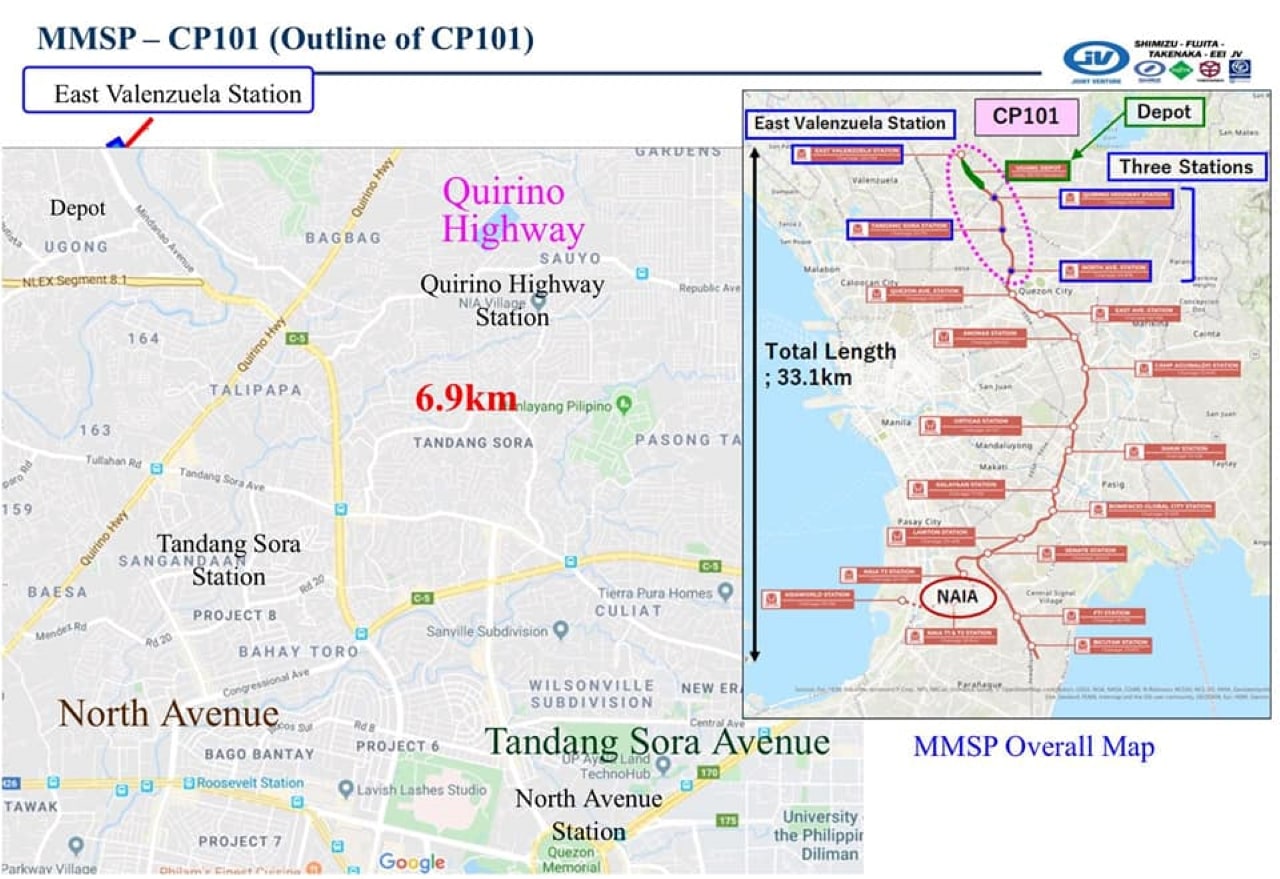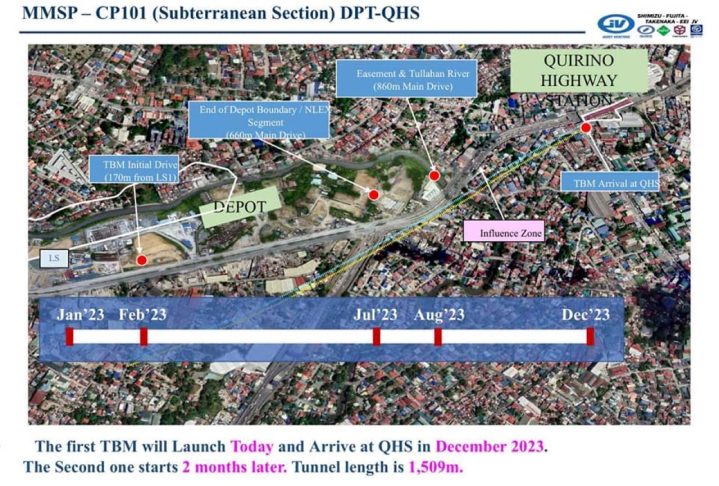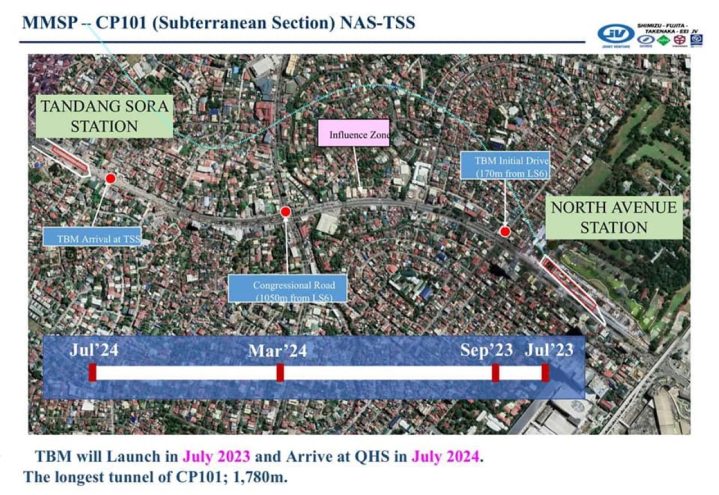
The construction of the Metro Manila Subway Project (MMSP) is underway. A few days ago, the tunnel boring machines were fired up in Valenzuela City which set in motion the continuous works for the massive mass transport infrastructure. We won’t go into too many details, but aside from the fact that it will inevitably help a great many Filipino commuters, here are a few bits of information that are pretty good to know.
5 quick factoids about the Metro Manila Subway Project
Table of Contents

Photo: DOTr
The Project costs PHP 488.4USD 8INR 706EUR 8CNY 61 Billion
That’s a lot of money, isn’t it? The funding behind and for the project is made possible by the partnership of the national government and the Department of Transportation with the Japan International Cooperation Agency or JICA. The Agency has been involved with many other projects in the country, not just the MMSP. From the construction of roadways, rehabilitation of railways, and providing disaster relief aid, the DOTr has partnered with a most generous group.

Photo: DOTr
There will be a total of 13 stations spanning its entire length
What are subways without accessible stations, right? Through its more or less 33-kilometer span, there will be 13 Metro Manila Subway Project stations to be constructed for the benefit of all those who will take the subway, namely:
- Mindanao Avenue-Quirino Highway
- Tandang Sora Avenue
- North Avenue
- Quezon Avenue
- East Avenue
- Anonas
- Katipunan
- Ortigas North
- Ortigas South
- Kalayaan Avenue
- Bonifacio Global City
- Cayetano Boulevard
- FTI

Photo: DOTr
Along with the MMSP, the Philippine Railway Institute will also be created
This will be a totally new means of public transport and infrastructure. Seeing as it will be the first in the Philippines, part of the Project is the creation of the Philippine Railway Institute. The Institute will serve as the planning, implementing, and regulating agency for human resources development, and as a research and training center, not just for the Metro Manila Subway Project, but eventually, for the entire railway sector.

Photo: DOTr
The MMSP is projected to service up to 519,000 passengers daily
The completion of the Metro Manila Subway Project will help in the decongestion of other public transportation such as jeepneys, buses, big-group taxis like UVs, and even the MRT. In the case of the MRT, Line 3 alone has a daily ridership average of about 273,141 in 2022. Imagine that number, along with those of other on-road public transportation. Now, imagine the potential that the Subway Project has to decrease passenger congestion daily. Awesome, isn’t it?

Photo: DOTr
Fast travel? Example: Quezon City to NAIA in just 35 minutes
If you’re living in the northern reaches of Metro Manila, for example, Quezon City, and you need to get to NAIA Terminal 3, you know that if your flight is smack into a workday’s rush hours, 2-3 hours of travel time may be most prudent. Once the Metro Manila Subway Project has been completed, the DOTr’s very conservative estimate of QC-NAIA Terminal 3 travel time – 1 hour and 10 minutes – will be cut down to only 35 minutes. Sure, you’ll have to take into consideration the travel time from your home to the MMSP station, but that’s a pretty significant decrease in total time on the road.
–
As we speak, many will argue about all the traffic that the construction of the Metro Manila Subway Project is creating, and will create as it goes along. But the road to progress and (MUCH) better mass transportation is tough. Projects such as this are invaluable for future generations, and if everyone is willing to put that ahead of whatever challenges there may be, and if we all effort to take care of it and make it work, then the Philippines’ transportation won’t be so bad, will it?


